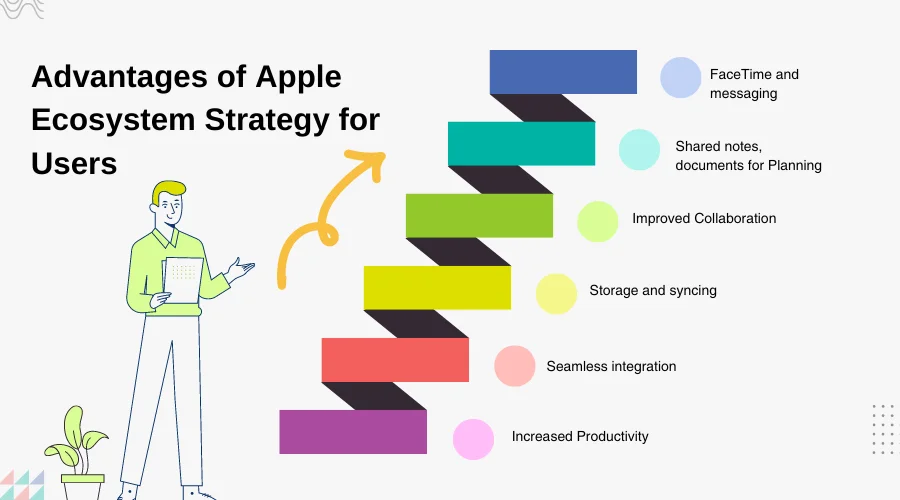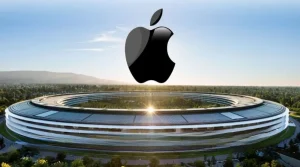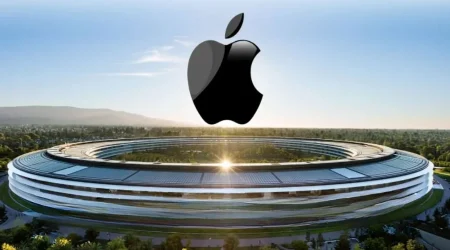Apple Inc. is a prominent example of strategic brilliance in the technology industry, especially with regard to its ecosystem strategy. The Apple ecosystem strategy, which is typified by a complex web of linked goods and services, has altered customer expectations and behaviour in addition to solidifying Apple’s leadership in the tech sector. It is possible to understand why Apple has become a success and innovation model by comprehending the subtleties of its ecosystem strategy. Let’s learn more about the Apple ecosystem strategy.
The Foundation of Apple Ecosystem Strategy
The idea of Apple ecosystem strategy is to deliver an integrated perspective to its users. This integration works with a number of products such as iPhone, Mac, Apple TV, App Store, Apple Music as well as Apple Watch among others. The main goal of Apple ecosystem strategy is to create a context where all goods and services are integrated into each other and complement each other while creating value for the user.
Product Integration
It is Apple ecosystem strategy’s first pillar. The goal of this integration is to create a seamless experience where each device improves the functionality of the others, rather than just having several devices that function together.
One Apple device’s Handoff feature, for instance, enables users to begin a task and finish it on another. The transition from one apple device to another; from iPad to the Apple watch, or iPhone to Mac is seamless; a clear representation of Apples consumer-centricity when it comes to convenience. An item like text, a photo, or a video can be copied from one Apple device into another with the help of the Universal Clipboard function underlines it even more.
Services and Cloud Integration
Apple ecosystem strategy places a strong emphasis on services and cloud integration in addition to hardware. The main component of the Apple ecosystem strategy here is iCloud, which provides consumers with a centralized platform for data syncing and storage across devices. Easily synchronized files, including papers, photos, and app data guarantee that customers can access their material on any device.
With their exclusive content and wide selection of apps that are tailored for Apple devices, Apple Music, Apple TV+, and the App Store all contribute to the ecosystem’s continuous development. In addition to adding value to its hardware, Apple generates extra revenue streams and strengthens customer loyalty by providing a carefully curated range of services.
Characteristics of the Apple Ecosystem Strategy
The Apple ecosystem strategy provides a number of tactical benefits that support its dominant market position.
Customer Lock-In
It is one of the main advantages of the Apple ecosystem strategy. Because Apple’s products and services are integrated, those who invest in the ecosystem have a high degree of dependency. The allure of switching brands wanes for consumers who have purchased numerous Apple products and services that are compatible with one another. Apple benefits from a lock-in effect that keeps its consumer base loyal and encourages repeat business.
Enhanced User Experience
An improved user experience is the outcome of the integration of services, software, and hardware which is itself a component of the Apple ecosystem strategy. Apple products can be used effortlessly due to the compatibility and harmonious design of products offered by the company. Customers appreciate the smooth journey and that the attention has been shifted to details making the customers more satisfied and thus perceiving the brands better.
Increased Revenue Opportunities
Apple generates several revenue sources by building a captivating ecosystem. The hardware is the main product being sold by the business. In addition, the other significant contributors to the revenue include; iCloud storage, Apple Music, Apple TV+, and the app store. The revenue of the company is diversified and hence the company’s financial position is made less volatile and the risk of a particular product dominating the company’s revenue is also made less possible.
Competitive Differentiation
Within the crowded tech industry, Apple’s ecosystem makes a major distinction. The strength of Apple ecosystem strategy is in the way these products are combined to form a seamless whole, whereas other tech companies may offer individual products with unique capabilities. By standing out from the competition, Apple is able to draw in clients who recognize the benefits of a cohesive ecosystem.
Advantages of Apple Ecosystem Strategy for Users

Increased Productivity
A wide range of people may easily utilize Apple products thanks to their user-friendly interfaces. But they also have a lot of advantages for productivity. Following are a handful of the ways that might increase output.
Seamless integration
One question that would be in everyone’s mind is how Apple integrates its products? Apple’s integration is such that the users are able to transition between the products with ease and simplicity. The same document can be edited without any problems on the iPad or within the iPhone after it’s opened on the MacBook. Since the transition from one device to another and from app to app, does not require much time and energy, this link between software and devices makes users more productive.
Storage and syncing
Through iCloud, Apple’s cloud storage service, users are able to work, share documents, photos, among other information’s across their apple devices. For example, customers do not have to drag and drop files to a different app when they start a project of their MacBook then save to the iCloud and later view the results on their iPad or iPhone. It ensures the users always work on the latest version of their work whether on the computer or mobile device and is time-saving.
Improved Collaboration
Cooperation and collaboration form the core of an organization’s success especially in today’s world of work. Apple products can be used to complement work in groups and communication because of their integration performance and their straightforward interface that has made Apple devices famous.These are some ways that using Apple devices might improve collaboration.
Shared notes, documents for Planning
Communication of notes, papers and presentation is easily enhanced through Notes, Pages and Keynote applications in Apple devices. In addition, Apple Calendar app allows easy organizing and delegating appointments, activities and or/ deadlines easily. These features support team members in remaining coordinated and organized, especially when working on challenging assignments.
FaceTime and messaging
Team members can communicate remotely from any location with Apple’s FaceTime and messaging services. FaceTime provides excellent video conferencing, and Messaging facilitates rapid and simple text-based conversation. Even when team members are not present in the same physical area, these features make it easy for them to communicate and work together.
Teams are able to operate more productively and effectively due to the power of the Apple ecosystem, which in turn produces superior results.
Streamlined Processes
The simplicity of the interfaces of Apple products can help enhance business efficiency by simplifying common work processes and tasks. They are some of the possible ways that would help improve productivity with Apple devices through automating repetitive processes and rationalizing work flow.
Shortcuts app
With the help of Apple’s Shortcuts app, this is possible to merge several actions into one action to create a custom automation flow for the particular tasks. Using a form for something as simple as sending a message or programming a calendar event can increase efficiency and use time.
Siri’s voice commands
By using voice control users can actively perform things like sending an email, making a phone call, or even setting a reminder with the help of smart assistant known as Siri. This capability is equally useful while driving or any other time where one’s hands are occupied as it enables one to manage tasks without having to use the hands.
Integration with third-party apps
With the help of Apple’s Workflow app, users may design unique workflows that connect to external programs like Dropbox, Evernote, and Google Maps. Users won’t need to navigate between apps to do complicated operations with a few touches thanks to this seamless connection.
Future of Apple Ecosystem Strategy

The Apple ecosystem strategy is probably going to keep changing in the future as consumer preferences and technological breakthroughs do. Future developments in a number of areas could influence Apple’s ecosystem, including the following.
Enhanced Artificial Intelligence
The future of Apple’s ecosystem is expected to be significantly impacted by artificial intelligence. AI-powered capabilities, such enhanced speech recognition, text prediction, and tailored recommendations, have the potential to improve user experience and expand the integration of Apple’s offerings.
Expansion into New Product Categories
Apple might look into launching additional product lines to grow its ecosystem. More opportunities for integration can be explored with the help of innovative technologies such as AR, VR and smart home automation for the consumer.
Focus on Sustainability
It is gradually emerging as an important factor for consideration for both providers and consumers. In order to address consumer concerns about eco-friendly technology and to fit with global environmental goals, Apple’s ecosystem plan may include more sustainable procedures and products.
With the digital industry changing constantly, Apple’s ecosystem strategy offers an effective example of how innovation and strategic integration may influence a technology company’s performance for both consumers and enterprises. With its emphasis on sustainability, new product categories, or improved AI capabilities, Apple’s ecosystem is expected to continue being a major player in the market and shape the manner in which individuals interact with one another while utilizing technology.
Conclusion
A masterclass in designing a unified and integrated technology experience is the Apple ecosystem strategy. By making various services, software, and hardware interconnect seamlessly, Apple has managed to enhance user satisfaction, customer loyalty, and cash flow significantly. The current growth of the technologies that are part of Apple’s ecosystem can be extended to define the further shift in the directions of innovation, despite the challenges and criticism.
For more information visit Findwyse.
FAQs

















